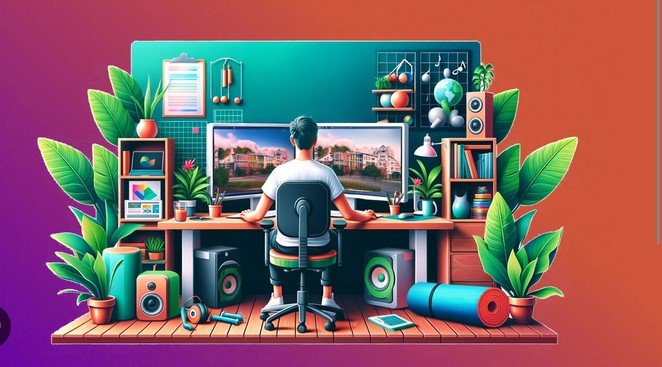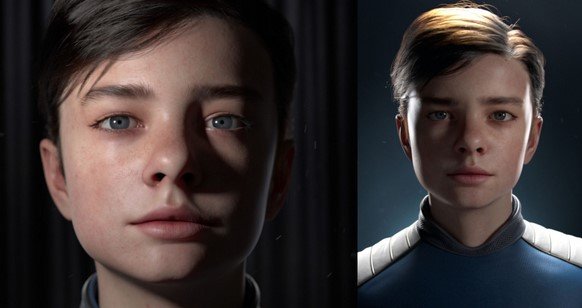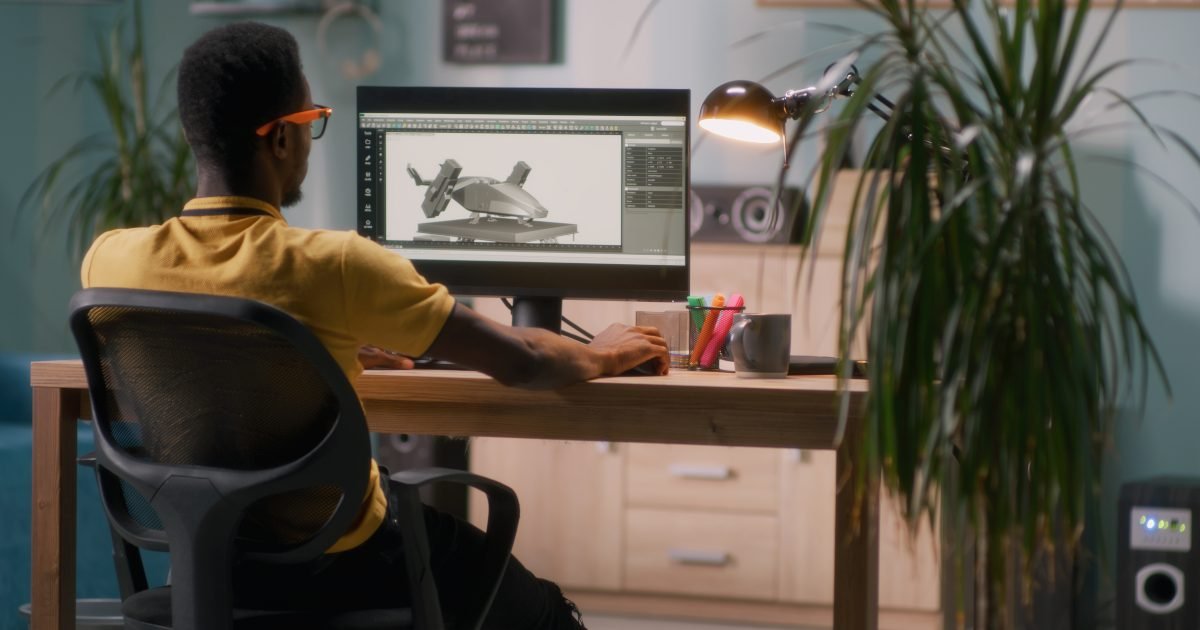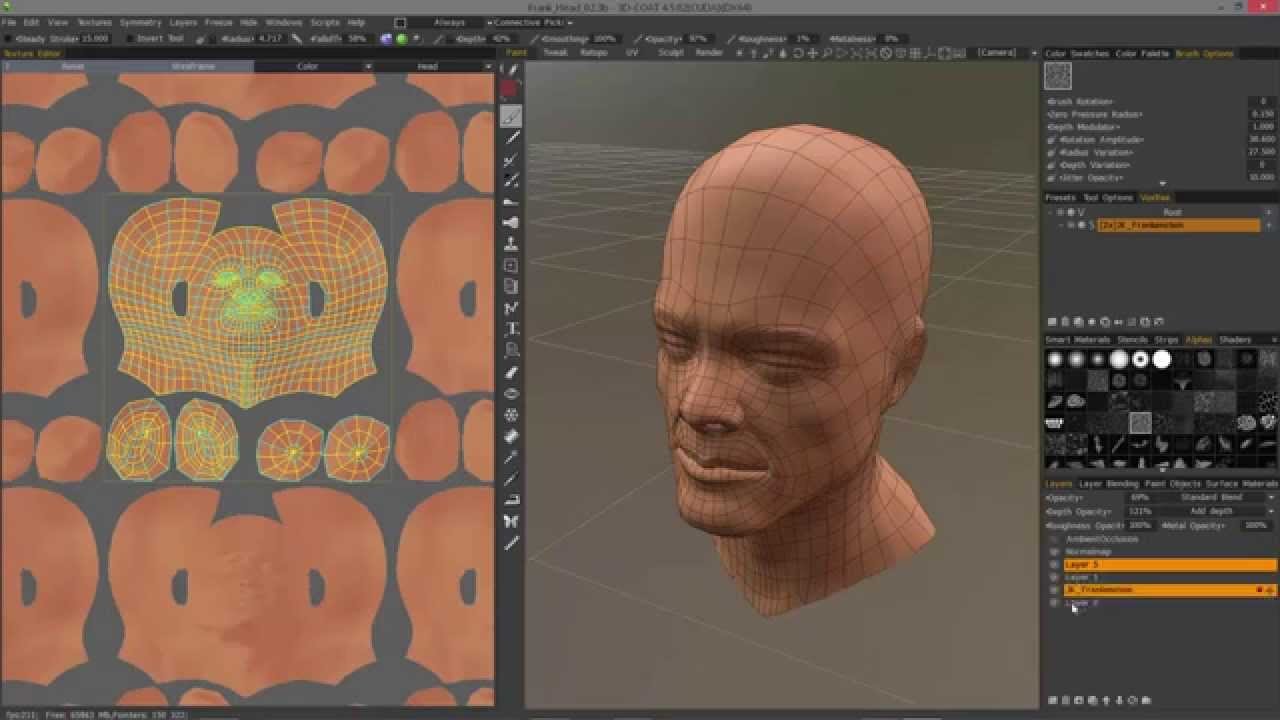The world of 3D art is vast and exciting, but it also comes with its own set of challenges. Whether you’re working as a freelancer or as part of a large team, challenges faced by 3D artists in their careers. In this post, we will explore some of the most common 3D art obstacles encountered in the industry and how they can overcome them.

1. Keeping Up with Rapid Technological Changes
One of the biggest challenges for 3D artists is keeping up with rapid technological advancements. Software and tools are constantly evolving, offering new features, capabilities, and improvements. For instance, tools like Blender, Maya, and ZBrush are frequently updated with new versions that offer enhanced features for modeling, texturing, and animation.
As a 3D artist, staying up-to-date with these changes is crucial. Failing to learn new techniques or software can result in a loss of competitiveness in the industry. The need to constantly update skills means that 3D artists must dedicate time to learning and experimenting with new tools and technologies. It’s an ongoing process of adaptation, but those who embrace change will thrive in the ever-evolving landscape.
2. Managing Tight Deadlines
Working on tight deadlines is another common challenge for 3D artists. In industries such as gaming, animation, and film, projects often come with strict timelines that require quick turnarounds. Clients and producers expect high-quality work in a limited amount of time, which can create immense pressure on 3D artists.
To manage this pressure, 3D artists need strong time management skills. Prioritizing tasks, breaking large projects into smaller, manageable pieces, and setting realistic goals are essential strategies. Additionally, effective communication with clients and team members helps ensure that everyone is on the same page and that expectations are clearly defined.
3. Balancing Quality and Performance
Another challenge for 3D artists is balancing the visual quality of their work with the performance requirements of the project. In fields like video game design, assets must be optimized to ensure smooth gameplay and fast loading times. A highly detailed model with excessive polygon count or textures that are too large can significantly slow down a game’s performance.
For example, a character in a video game may need to have highly detailed textures and realistic animations, but these must be optimized for the game engine. This requires 3D artists to make decisions that balance aesthetic goals with technical limitations. It’s a delicate balancing act that requires expertise in optimization techniques, such as LOD (Level of Detail) management and texture compression.
4. Creative Burnout
3D artists often experience creative burnout, particularly when working on long-term projects or repetitive tasks. The constant pressure to create high-quality work, coupled with the need to come up with fresh ideas, can lead to fatigue and a lack of motivation. Creative burnout can affect not only the quality of the work but also the artist’s mental well-being.
To combat burnout, it’s essential for 3D artists to take regular breaks and allow themselves time to recharge. Developing a routine that includes time for self-care and personal projects can help keep the creative energy flowing. Additionally, seeking feedback from peers or collaborating with others can inject new ideas into the creative process and offer a fresh perspective.
5. Competing in a Saturated Market
The 3D art industry has seen significant growth, which means more competition. With so many talented artists in the field, standing out can be a challenge. Freelance 3D artists, in particular, may find it difficult to compete with others who offer similar services or specialize in the same niches.
To succeed in a competitive market, 3D artists must focus on developing a unique style or expertise. By carving out a niche, such as specializing in character modeling, environment design, or 3D animation, artists can attract specific clients looking for those skills. Networking, creating a strong online portfolio, and consistently improving technical skills are key to staying competitive in the industry.
Conclusion
While the world of 3D art is filled with creative opportunities, it’s not without its challenges. From keeping up with technological advancements to managing tight deadlines and creative burnout, 3D artists face many obstacles in their careers. However, by embracing new tools, honing their time management skills, balancing quality with performance, taking care of their mental health, and carving out a unique niche, 3D artists can overcome these challenges and thrive in the industry.




